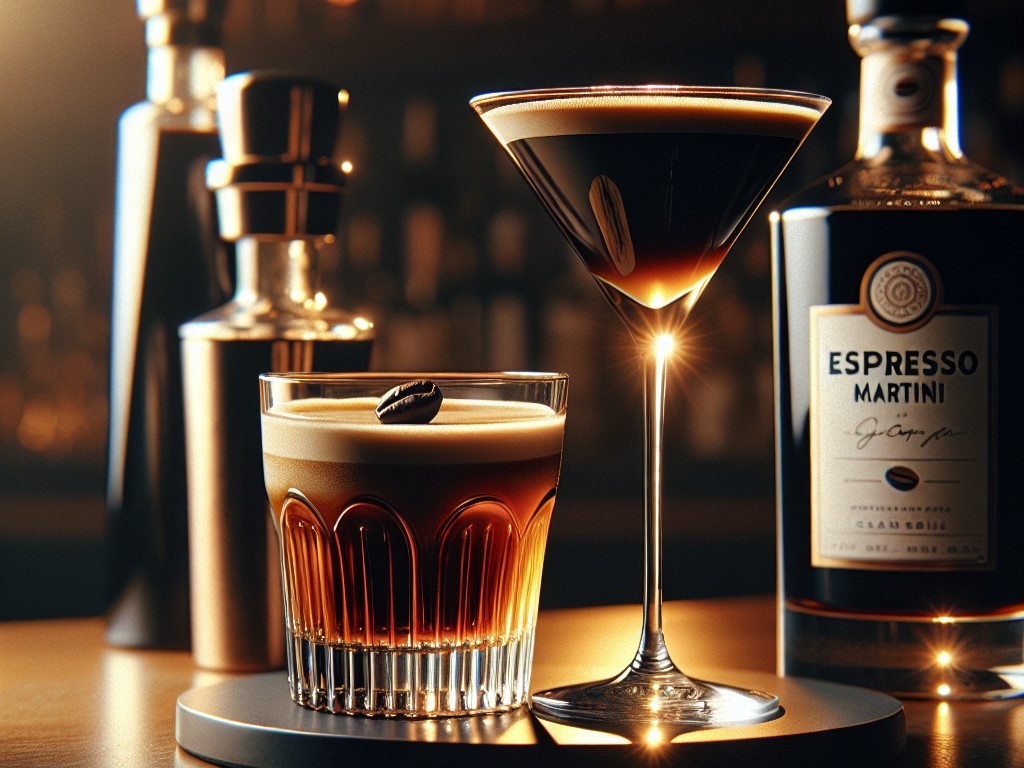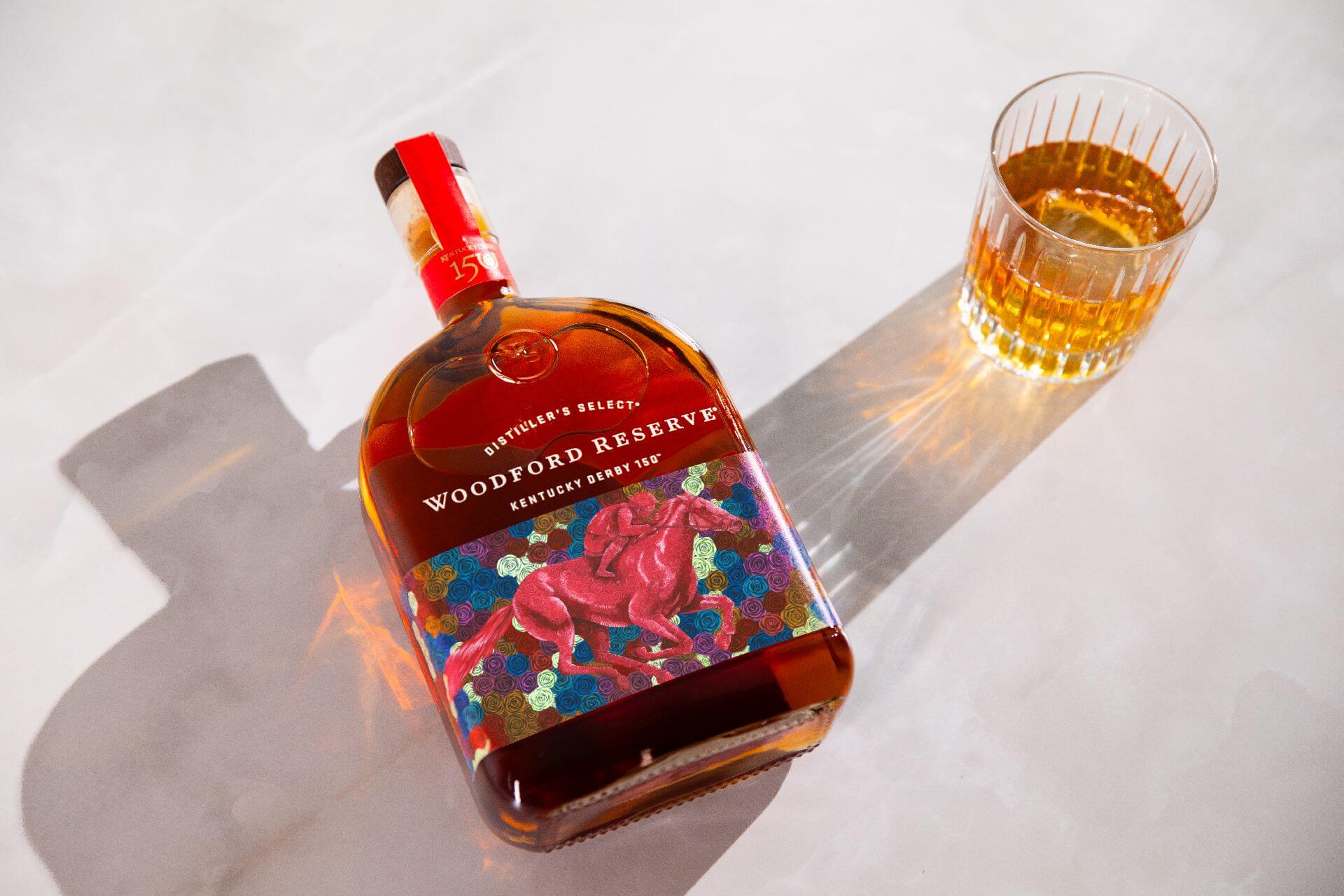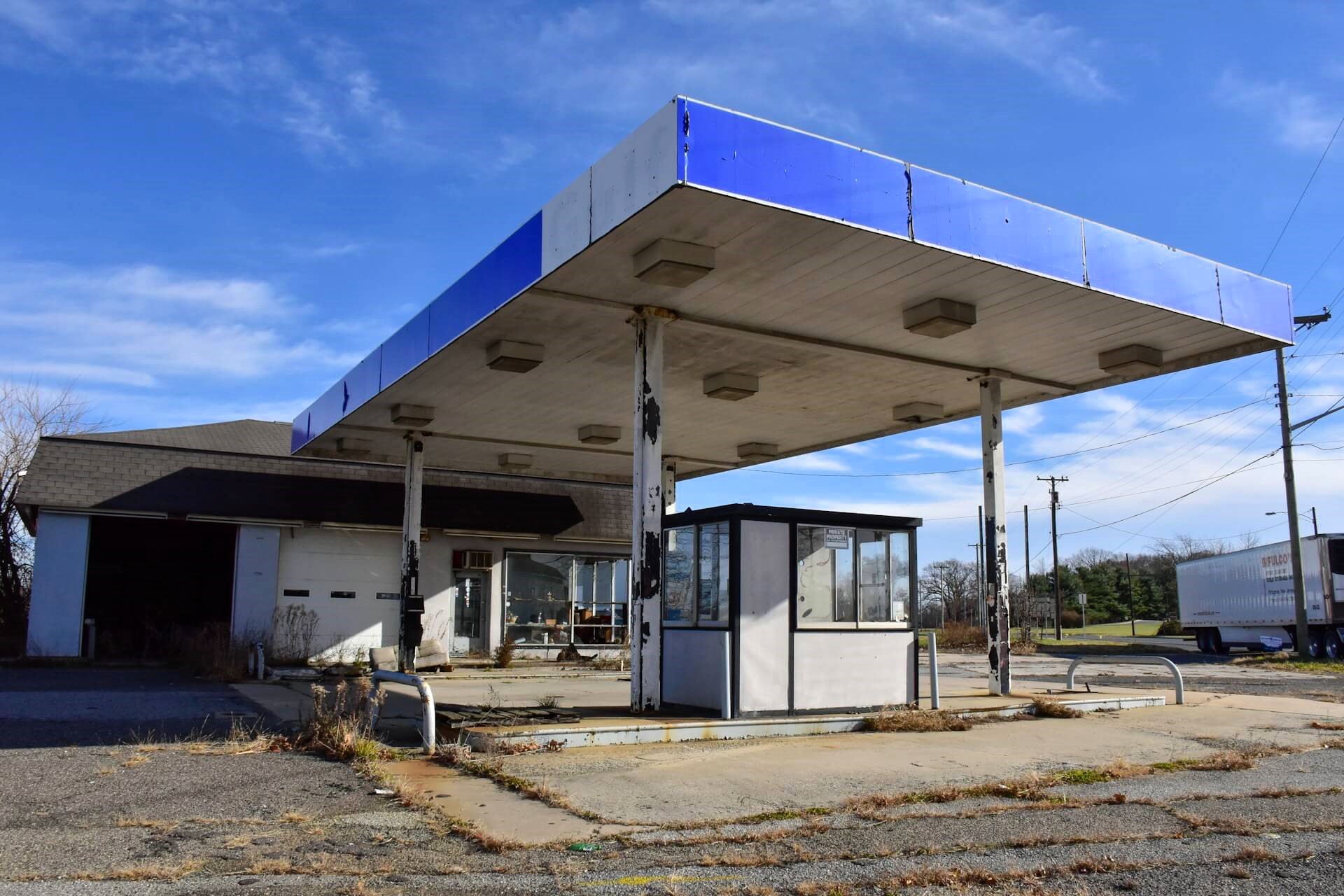6 Sophisticated Sips for National Cocktail Day
by David Klemt

Our friends at Cointreau, Mount Gay, Rémy Martin, St-Rémy Signature, Belle de Brillet, and METAXA want us to share some recipes with you.
And why do these purveyors of fine spirits want you to have these drink recipes? To inspire you and your team to craft a sophisticated National Cocktail Day menu, of course.
Now, you and your team are likely very familiar with Cointreau, Mount Gay, and Rémy Martin. After all, each are among the most well-known liqueurs, rums, and Cognacs on the planet.
However, you may be less familiar with some of the other spirits below. So, I’m going to provide a brief overview. Naturally, I’ll also encourage you to contact your reps so they can taste you and your team on each.
Let’s kick things of with METAXA. If your guests like brandy, they’re probably going to love METAXA. In particular, METAXA 7 Star is a Greek spirit that consists of Muscat wine, wine distillates, and Mediterranean aromatics and botanicals, aged in oak barrels. This is a truly unique spirit; your guests have likely never tasted anything quite like it.
Now, let’s look at Belle de Brillet. This is a French liqueur made with fine Brillet Cognac eau-de-vie and Poire Williams (Williams pears). Really, this is an elegant way to enjoy terroir via two fruits: pears and grapes. From what I can find, it takes 20 Williams pears to produce each bottle of Belle de Brillet.
That brings us to St-Rémy Signature. Also from France, St-Rémy Signature is the marriage of tradition and modern production techniques. For example, Signature undergoes a double-maturation process, unlike many fine brandies. When it comes to terroir, Signature takes people on a tour, as it’s made with dozens of grapes from all over France.
Whether you decide to create an LTO menu with the recipes below or put your spins on these drinks, your guests will thank you for helping them celebrate National Cocktail Day.
Cheers!
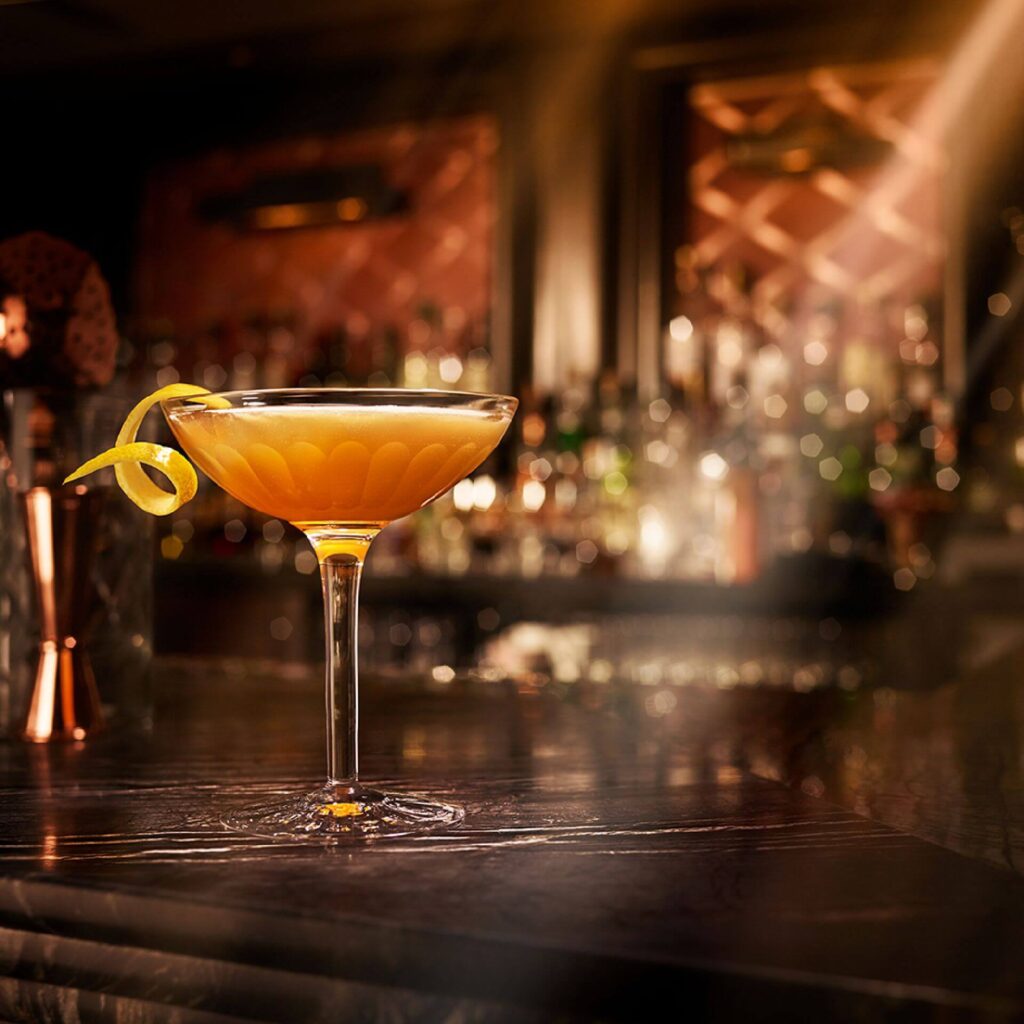
The Rémy Sidecar
- 2 oz. Rémy Martin 1738 Accord Royal
- 0.75 oz. Cointreau
- 0.75 oz. Fresh lemon juice
- Lemon peel to garnish
Fill a shaker with ice, then add first three ingredients. Shake well. Strain into a coupette, and garnish with a lemon peel.
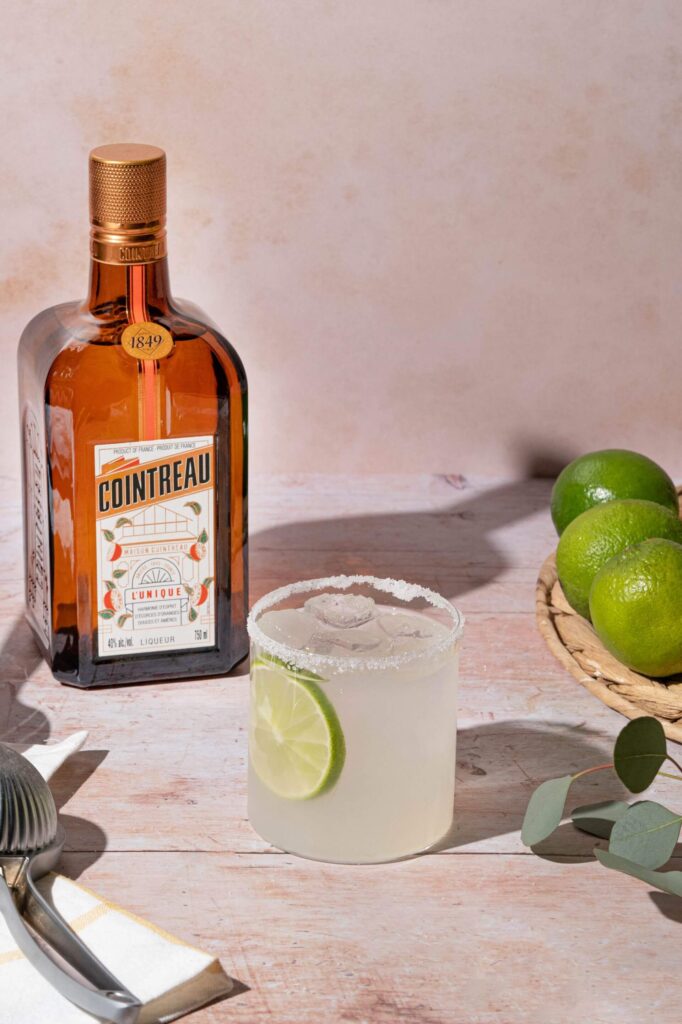
The Original Margarita by Cointreau
- 1 oz. Cointreau
- 2 oz. Blanco tequila
- 1 oz. Fresh lime juice
- Lime wheel to garnish
Prepare a glass by rimming it with salt. Add all ingredients except for garnish to a shaker filled with ice. Shake well, then strain into the prepared glass. Garnish with lime wheel.
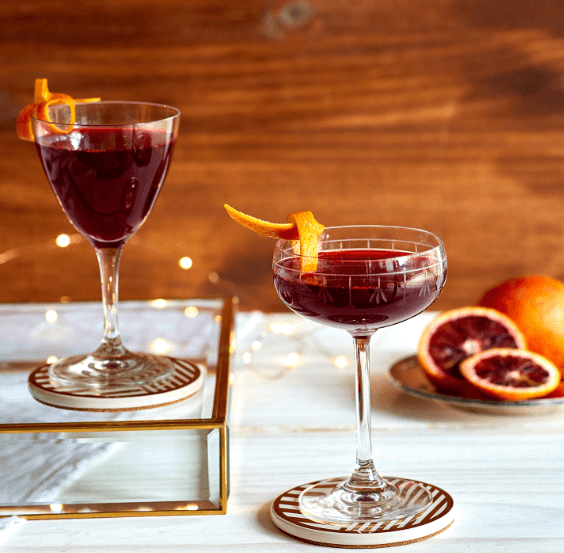
Mount Gay Orange Eclipse
- 2 oz. Mount Gay Eclipse
- 1 oz. Fresh blood orange juice
- 0.6 oz. Sweet vermouth
- 4 dashes of Angostura Bitters
- Orange peel to garnish
Prepare a coupe by filling it with ice and setting it aside. Alternatively, keep some coupes in a fridge to have chilled glassware on hand. Fill a shaker with ice, then add first four ingredients. Shake until well chilled, then strain into prepared coupe. Garnish with orange peel.

METAXA Greek Spritz
- 1.4 oz METAXA 7 Stars
- 1.4 oz Prosecco (or other sparkling wine)
- 0.7 oz Splash of tonic
- 3 Dashes of peach bitters or fresh peach juice
- Peach wedge to garnish
Pour METAXA 7 Stars into a wine glass. Add ice, tonic, and bitters or juice to glass, then stir. Top with Prosecco or other sparkling wine. Garnish with peach wedge.

Belle de Brillet Belle Pamplemousse
- 1.75 oz. Belle de Brillet
- 0.5 oz. Fresh lemon juice (optional)
- 3.5 oz. Grapefruit soda
- 1 oz. Prosecco
- Slice of grapefruit to garnish
Add ice to a glass, then add all liquid ingredients. Stir, then garnish with grapefruit slice.
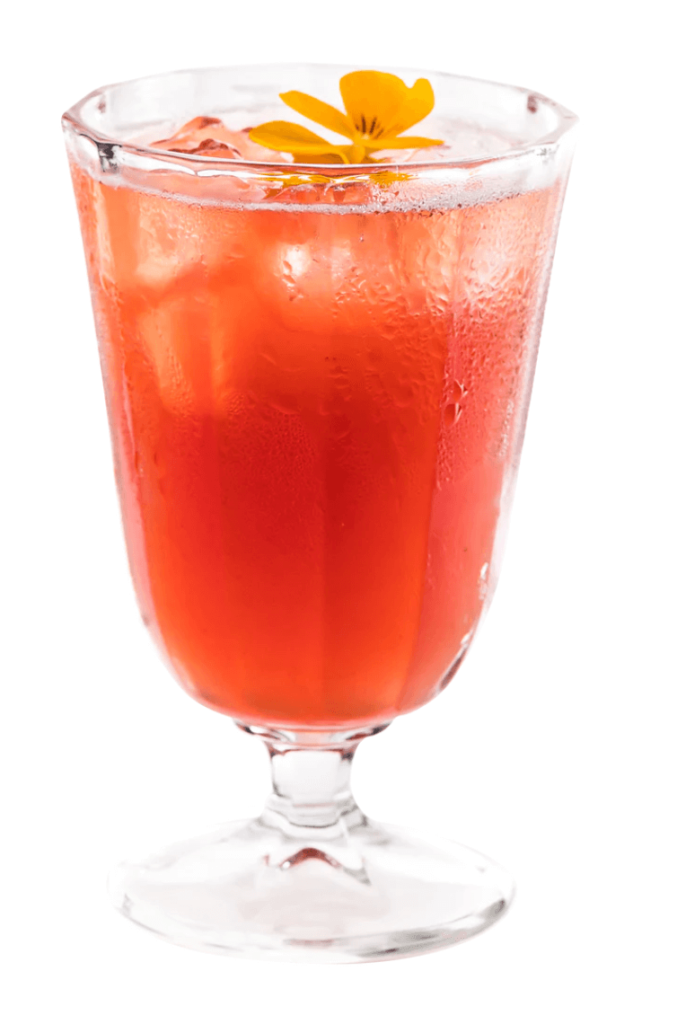
St-Rémy Signature Rose
- 1 oz. St-Rémy Signature
- 0.7 oz. Fresh lemon juice
- 0.3 oz. Grenadine syrup
- 0.3 oz. Hibiscus syrup
- 1 Egg white
- Edible flower to garnish
Add ice and first five ingredients to a shaker. Shake well, then strain into a stemmed or footed glass. Garnish with an edible flower.
Disclaimer: Neither the author nor KRG Hospitality received compensation, monetary or otherwise, in exchange for this post.
Images provided by LaFORCE









